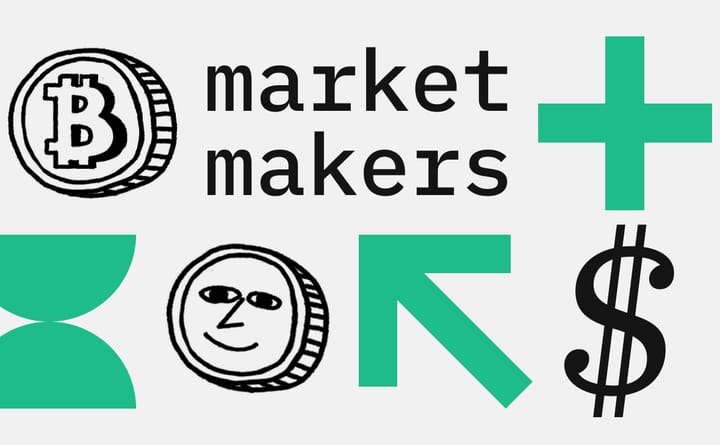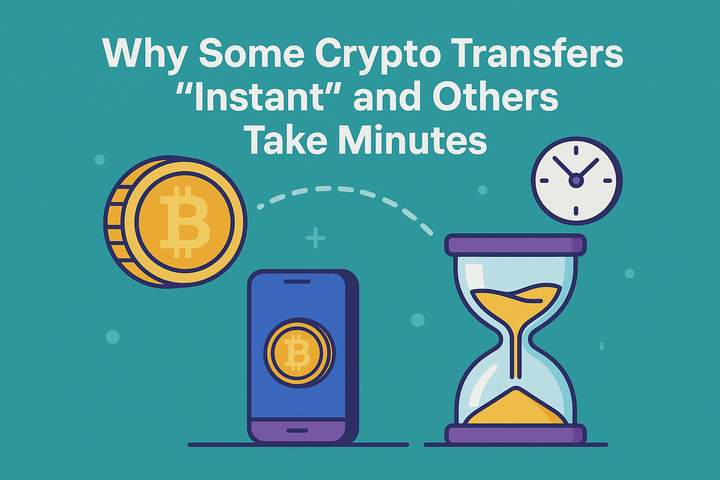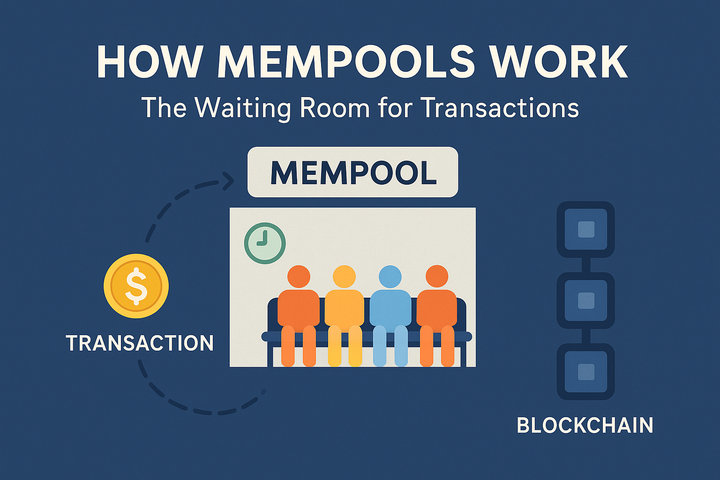How On-Chain Perpetual Futures Actually Work : Why They’re Eating Spot DEXs
Decentralized perpetual futures, commonly called perps, have become a massive force in DeFi. Unlike traditional futures, they never expire, let traders long or short any asset, and hold popularity thanks to accessible on-chain execution. The rise of protocols like GMX and Synthetix shows how even core financial derivatives can be reimagined on public blockchains. Here’s how they work, why they’re growing, and what it means for the market.
1. 🔍 What Are Perpetual Futures?
Perpetual contracts are derivatives that let traders speculate on an asset's price, up or down, without owning it, and without any expiration date. They mimic futures but function like spot trades, enabled by a continuous funding rate mechanism rather than daily settlement .
2. 💡 Why Trade Perps on-Chain?
- Self-custody: Funds remain in users' wallets until trade execution, no counterparty risk from centralized exchanges.
- Transparency: Anyone can audit orders, margin, and PnL on-chain.
- Composability: Positions become programmable, useable as collateral, integrated with yield strategies, and more.
3. 🏛️ Protocol Models: AMM vs Order Book
a) GMX – AMM + Index Pool
- GMX uses a single, multi-asset liquidity pool called GLP: 50% stablecoins and 50% major assets (BTC, ETH, LINK, etc.).
- Traders deposit collateral, open leveraged positions (up to 30× or 50× depending on chain).
- If a trader profits, funds flow from GLP; if they lose, GLP benefits. It's a zero-sum game (medium.com).
- Traders pay:
- 0.1% opening/closing fee.
- Borrow fee based on asset utilization:
(amount borrowed)/(pool size) * 0.01% per hour.
- LPs earn: 70% of fees go to GLP providers; GMX holders stake to earn 30% ).
b) Synthetix – Synthetic Pools + Debt Pool
- Synthetix uses a debt-pool model: SNX stakers back protocol; users trade synths like sETH, sBTC, sUSD.
- Perps margin is denominated in sUSD to avoid collateral volatility.
- Funding rate mechanism aligns perp price with spot. When longs outweigh shorts, longs pay shorts, and vice versa.
- Perps V3+ bring cross-margining, multiple collateral options, NFT wallet controls, and improved liquidation mechanics .
- SNX stakers act as counterparties, earning fees but taking directional exposure (docs.synthetix.io).
4. 📊 Funding Rates & Skew Management
Funding rates incentivize balance:
- GMX doesn’t use traditional funding rates; instead, LPs bear imbalance risk, and trader actions shift pool composition and GLP weightings.
- Synthetix applies a dynamic funding rate and uses price premiums or discounts depending on market skew.
- Premium (+) when longs dominate, discount (-) when shorts dominate.
- These rates plus price skews work together to keep markets near equilibrium.
5. ⚠️ Liquidations & Risk
- GMX: Liquidation when collateral drops below ~1% of position size. On liquidation, the remaining funds return to user .
- Synthetix: Solidity-based liquidation mechanisms are tied to debt-pool dynamics. Perps V3 includes MEV-resistant systems to prevent predatory liquidations.
6. 📈 Growth Metrics & Market Share
DeFi perps have surged but still lag behind centralized futures:
- dYdX once dominated ~58% of open interest; GMX held ~30%, Kwenta ~10% as of June 2023 .
- TVL trends: GMX’s liquidity pool reached ~$1.2B in mid-2023. dYdX held ~29%, while Kwenta and others made up the rest .
- Protocol revenue: GMX and Level Finance outperformed dYdX in Q2 2023 fee distribution .
7. 💎 What Makes These Protocols Shine?
- True composability – Perp positions can be used as collateral, wrapped, automated, or integrated across DeFi.
- No KYC, no custody – Users remain permissionless and self-custodied.
- Zero slippage (GMX) – Using Chainlink and other oracles for smart pricing maintains low slippage .
- Deep capital efficiency – Both GMX and Synthetix offer high leverage and deep liquidity on-chain.
8. 🔥 Challenges Ahead
- LP currency risk: In GMX, LPs are exposed to skew, and arbitrage mechanisms may be needed to rebalance.
- Oracle trust: Dependence on external price oracles introduces risks like manipulation or latency.
- Capital cost: PDLP design studies show borrowing rates and capital inefficiency remain high ,innovations are ongoing.
- Competition with CEXs: CEXs still dominate total derivatives volume (~$7 trillion quarterly), so DeFi protocols remain a niche (around 2%) .
9. 🚀 The Future of On‑Chain Perps
- Synthetix is launching V4, enabling multi-collateral support (like USDC) on Ethereum mainnet, streamlining capital efficiency (cryptonews.net).
- Research (PDLPs) suggests capital efficiency could dramatically improve by optimizing lending mechanisms .
- More CEX-grade UX, deeper LP integration, and cross-chain expansion are essential to onboard the mainstream.
🔚 Conclusion
On-chain perpetual futures represent one of the most exciting and complex DeFi innovations. From GMX’s pool-driven, zero-slippage setup to Synthetix’s synth-backed debt model, they enable high-leverage, self-custodial, and transparent trading.
Yet, there’s work to be done: reducing LP risk, improving efficiency, and matching the liquidity and scale of centralized exchanges. Still, the growth in TVL, volume, and protocol income shows that DeFi perps are no longer niche. They’re an emerging asset class reshaping how derivatives can work in a decentralized world.
📚 References
- Synthetix Perps mechanics and funding (app.blockworksresearch.com, docs.synthetix.io)
- GMX AMM and pool dynamics
- DeFi perps market data (open interest, TVL, revenue) (blog.synthetix.io)
- Synthetix Perps V3+ upgrades (blog.synthetix.io)
- Capital cost and PDLP research
- Synthetix V4 multi-collateral announcement
MITOSIS Official links
GLOSSARY
Mitosis University
WEBSITE
X (Formerly Twitter)
DISCORD
DOCS



Comments ()